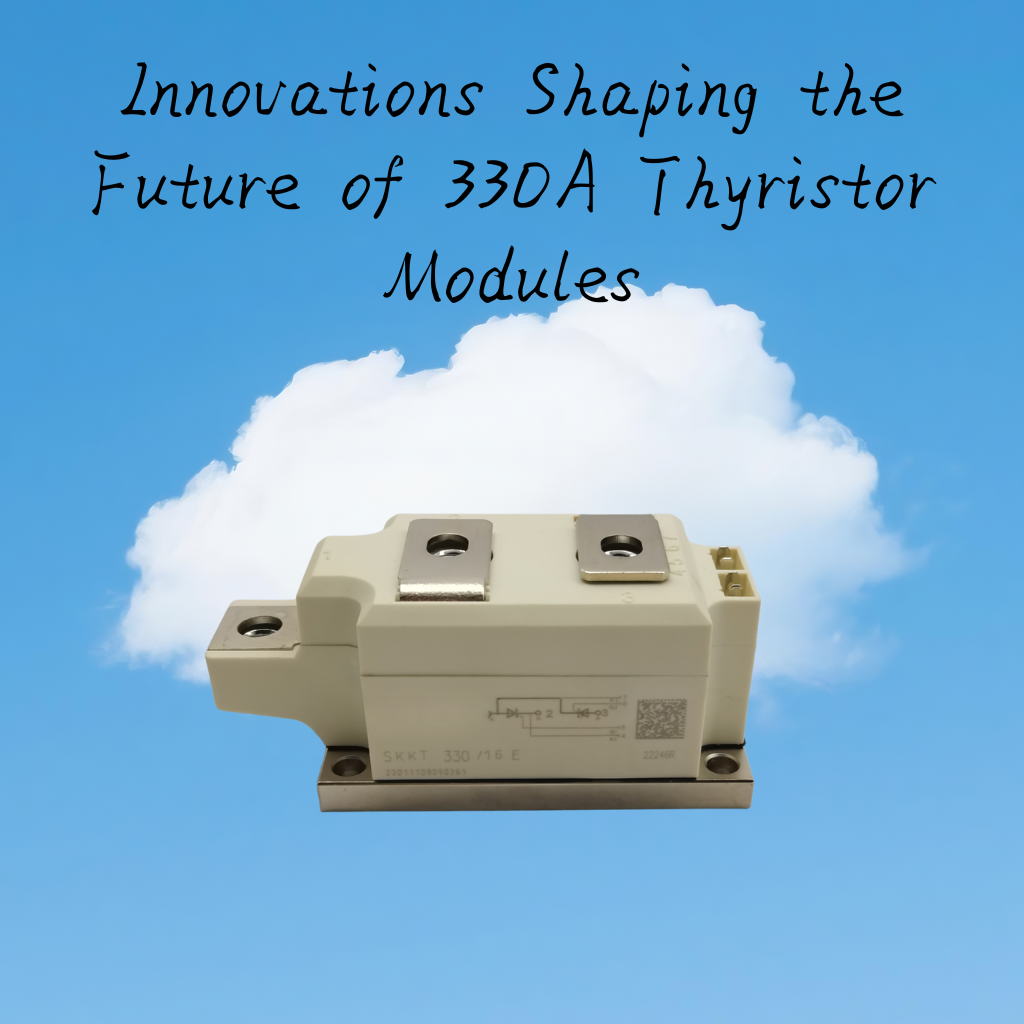
Innovations Shaping the Future of 330A Thyristor Modules
Introduction
The demand for compact, high-reliability UPS solutions continues to influence power semiconductor development. Future trends will revolve around performance, packaging, and surge durability in thyristor modules. This article explores changes through the lens of the series-connected solder-contact high-dv-dt 330A thyristor module for UPS systems, isolated-baseplate solder-bond 50mm 330A thyristor module for UPS systems, and pressure-basel welded-SCR high-surges 330A thyristor module for UPS systems.
1. Modular Switching for Fast Performance
The series-connected solder-contact high-dv-dt 330A thyristor module for UPS systems improves system responsiveness. Its ability to handle rapid switching with high dv/dt immunity makes it essential for digitally-controlled UPS where timing precision is critical. Future designs will incorporate these into parallel-inverter systems.
2. Compact Isolation with 50mm Baseplate Designs
Designers are turning to isolated-baseplate solder-bond 50mm 330A thyristor module for UPS systems for flexibility and easier thermal interface. This packaging suits multi-output UPS systems, allowing for efficient module stacking and reduced cooling complexity.
3. Surge Resilience with Welded Construction
Next-gen UPS modules will rely on pressure-basel welded-SCR high-surges 330A thyristor module for UPS systems in mission-critical deployments. Its internal weld points increase tolerance to power transients, improving operational uptime and system safety.
4. What to Expect
Expect future 330A modules to deliver higher thermal cycling life, improved integration with intelligent drivers, and greater system diagnostics compatibility. These improvements hinge on platforms like the series-connected solder-contact high-dv-dt 330A thyristor module for UPS systems and others offering similar reliability metrics.
